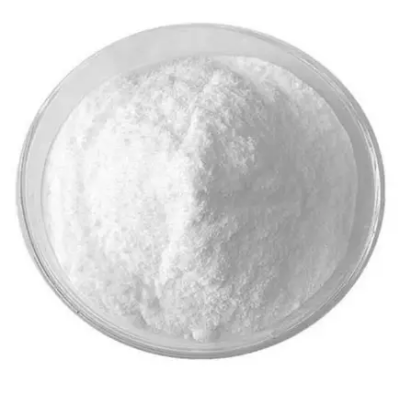2-(1-naphthyl)ethanamide CAS:86-86-2
2-(1-naphthyl)ethanamide (BNA) finds extensive use as a building block in the synthesis of pharmaceutical compounds, particularly those related to the development of potential therapeutic agents and research chemicals. Its structural features make it a valuable starting material for the creation of novel drug candidates, targeting various biological pathways and disease states. BNA's role in pharmaceutical synthesis underscores its significance in medicinal chemistry and drug discovery efforts. In addition to pharmaceutical applications, BNA serves as a key intermediate in the production of agrochemicals, including pesticides and plant growth regulators. Its chemical versatility allows for the formation of structurally diverse compounds with potential agricultural benefits, contributing to pest management, plant health, and crop yield enhancement. The utilization of BNA in agrochemical synthesis reflects its importance in supporting sustainable agricultural practices and addressing challenges related to crop protection and productivity. Furthermore, BNA is employed in research laboratories and academic institutions as a valuable chemical reagent for exploring innovative synthetic routes and investigating structure-activity relationships in various scientific disciplines. Its presence as a foundational compound in chemical research highlights its role in advancing knowledge and discovery across diverse fields, including organic chemistry, materials science, and biochemistry. Overall, 2-(1-naphthyl)ethanamide serves as a versatile building block with wide-ranging applications in pharmaceuticals, agrochemicals, and scientific research, contributing to advancements in healthcare, agriculture, and fundamental scientific understanding.
is a precursor for nitric oxide (NO) synthesis in the body. Nitric oxide is involved in various physiological processes, including blood vessel dilation, immune function, and cell signaling. Supplementing L-Arginine in animal diets can enhance NO production, leading to improved blood flow, immune response, and nutrient absorption.
Immune function: L-Arginine plays a crucial role in supporting the immune system. It is involved in the production of immune cells, such as T-cells and macrophages, as well as antibodies. By providing an adequate supply of L-Arginine in animal diets, immune function can be optimized, leading to improved disease resistance and overall health.
Reproductive performance: L-Arginine is essential for reproductive processes in animals. It is involved in sperm production and motility in males and can enhance fertility. In females, L-Arginine supports the development and function of the uterus and placenta, enhancing reproductive performance and increasing litter size.
Stress management: L-Arginine has been shown to have a positive impact on animals' stress response. It can reduce stress-induced cortisol levels and promote a state of relaxation. By supplementing L-Arginine in animal diets, stress tolerance and overall well-being can be improved.



| Composition | C12H11NO |
| Assay | 99% |
| Appearance | white powder |
| CAS No. | 86-86-2 |
| Packing | Small and bulk |
| Shelf Life | 2 years |
| Storage | Store in cool and dry area |
| Certification | ISO. |







![6-Chlorothiazolo[4,5-b]pyridin-2-amine CAS:1206248-17-0](https://cdn.globalso.com/xindaobiotech/10WCKQ6EGR3DADJD9G96.png)

